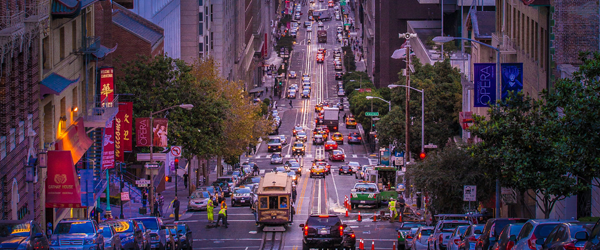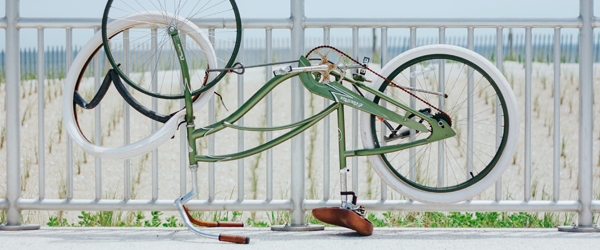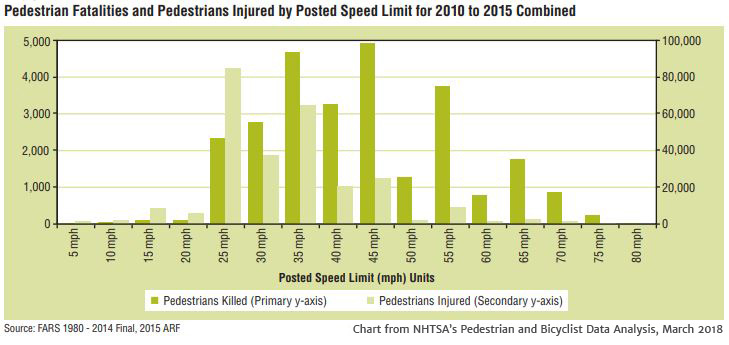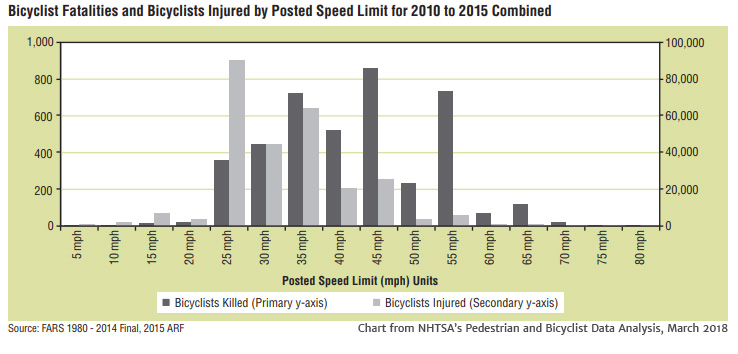
In a podcast a few years back, principal and founder of Rahman Law, Shaana Rahman, mentioned the fear she had when first riding in San Francisco. There were new ins and outs that she had to learn including how to cross railcar tracks safely (go straight across) and negotiate busy intersections. Urban riding can be dangerous, but we’ve pulled together some great tips for you to conquer your fear of cycling in the city.
- Plan your Route in Advance
A lot of people skip this step when riding and just take the same route they would take in a car. But riding a bike in the city may cause you to take a different route to stay within safe riding areas and minimize the number of obstacles you’ll face. There are several interactive maps available online to help you mitigate your chances of an injury including the Vision Zero Hight Injury Network Map: https://sfgov.maps.arcgis.com/apps/OnePane/basicviewer/index.html?appid=335c508503374f5d94c95cb2a1f3f4f4 and the SF.gov map: https://sfgov.org/scorecards/transportation/traffic-fatalities.

If you live and/or work in an injury corridor, you may not be able to avoid all of the intersections known to be dangerous, but you will know to be extra alert when passing through. Awareness and planning can really help reduce the fear of cycling in the city.
- Practice Outside of Rush Hour
If you’re planning a new route or riding for the first time in a while, it will help you conquer your fear by riding outside of the rush hours before and after work and at lunch. Try riding first thing Saturday morning when there is less traffic as you become familiar with your route. Or for an even more positive experience, try riding your route a few times with a friend. Remember to ride in line and not side-by-side.
- Be Visible
When riding at night in California, a headlight is required plus a rear reflector or red light along with the standard side-facing reflectors on both sides of the bicycle. And while the lights and reflectors required by California law are a great start, the more visibility you can give yourself, the safer you’ll be. Invest in a reflective jacket you can wear over your work clothes if you plan on being a cycling commuter. You can also put lights on during daytime riding, especially in foggy San Francisco, for an extra layer of visibility. You can also add reflectors to your helmet if it doesn’t include them already.
- Practice Hand Signals and Obey Traffic Laws
If it’s been a while since you last used hand signals, there’s a refresher for you here: https://www.bikemn.org/mn-bicycling-handbook/hand-signals/. Remember to use your hand signals to let the traffic around you know that you’ll be moving into or across their lane. And always obey traffic lights and signs. Being on a bicycle does not mean road rules are optional. You can brush up on your road rules in California here: https://www.dmv.ca.gov/portal/handbook/california-driver-handbook/.
- Use the Vehicle Travel Lane When Needed
You may not find wide bicycle lanes available throughout your planned route, though San Francisco has been increasing the visibility of these lanes where possible as part of the Vision Zero initiative. If you’ll be riding along lanes of parked cars, be prepared to use the vehicle travel lane by always giving yourself a safe escape window while riding. Parked cars can lead to open doors and opening doors can lead to injuries. You have the right to use the vehicle travel lane when needed.
Conquering any fear takes work. Taking the time to plan your route, practice it, and being familiar with traffic laws can all help you be more confident when you take to two wheels in the city. We also recommend having our phone number saved in your phone in case of a collision. Call 911 first if there are any injuries, gather as much information as you can on the scene, then give us a call if you need help reclaiming damages from a broken bicycle or injury. We’re personal injury lawyers and we’re here to help. Consultations are free.
Contact us at our San Francisco office at 415.956.9245, or our Paso Robles office at 805.619.3108.






